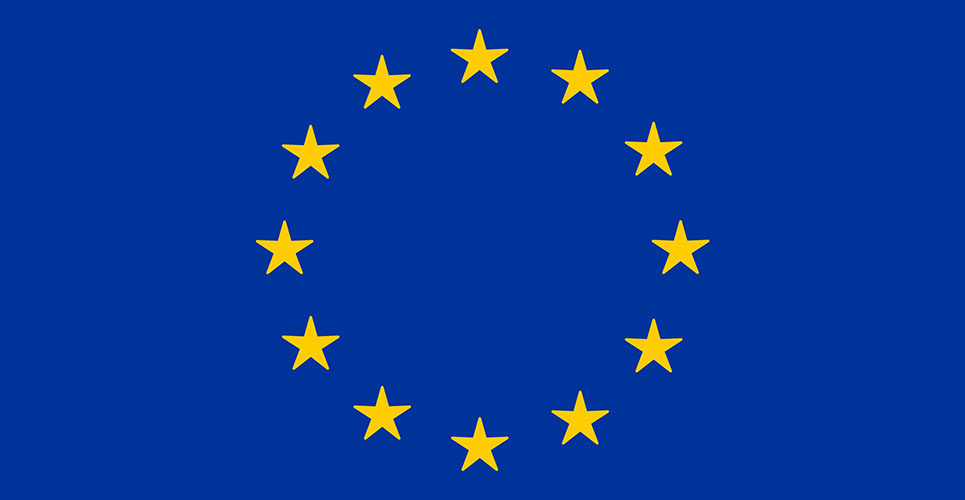teaser
The European Medicines Agency has finalised the update to its guideline on the investigation of drug interactions.
The update, published today, is a major revision of the previous document adopted in 1997. It includes information on how pharmaceutical companies should study potential interactions between new medicines and medicines that are already on the market, as well as covering the effects of food intake.
The updated guideline describes how to develop treatment recommendations based on the clinical relevance of interactions and the possibility of adjusting doses or monitoring patients during treatment. General recommendations are also provided for herbal medicines.
Today’s update brings the guideline in line with scientific advances in the investigation of drug interactions. These include the ability to predict clinically relevant drug interactions from a limited number of well-designed studies, as well as progress in understanding of enzyme induction and drug-transporter interactions in recent years.
Understanding drug interactions is important for the safe and effective use of medicines. Many patients, especially older people, need to take many different medicines at the same time. Adverse effects caused by interactions between medicines are a significant cause of hospital admissions and can impair the effectiveness of individual medicines.
The updated guideline comes into effect on 1 January 2013.

